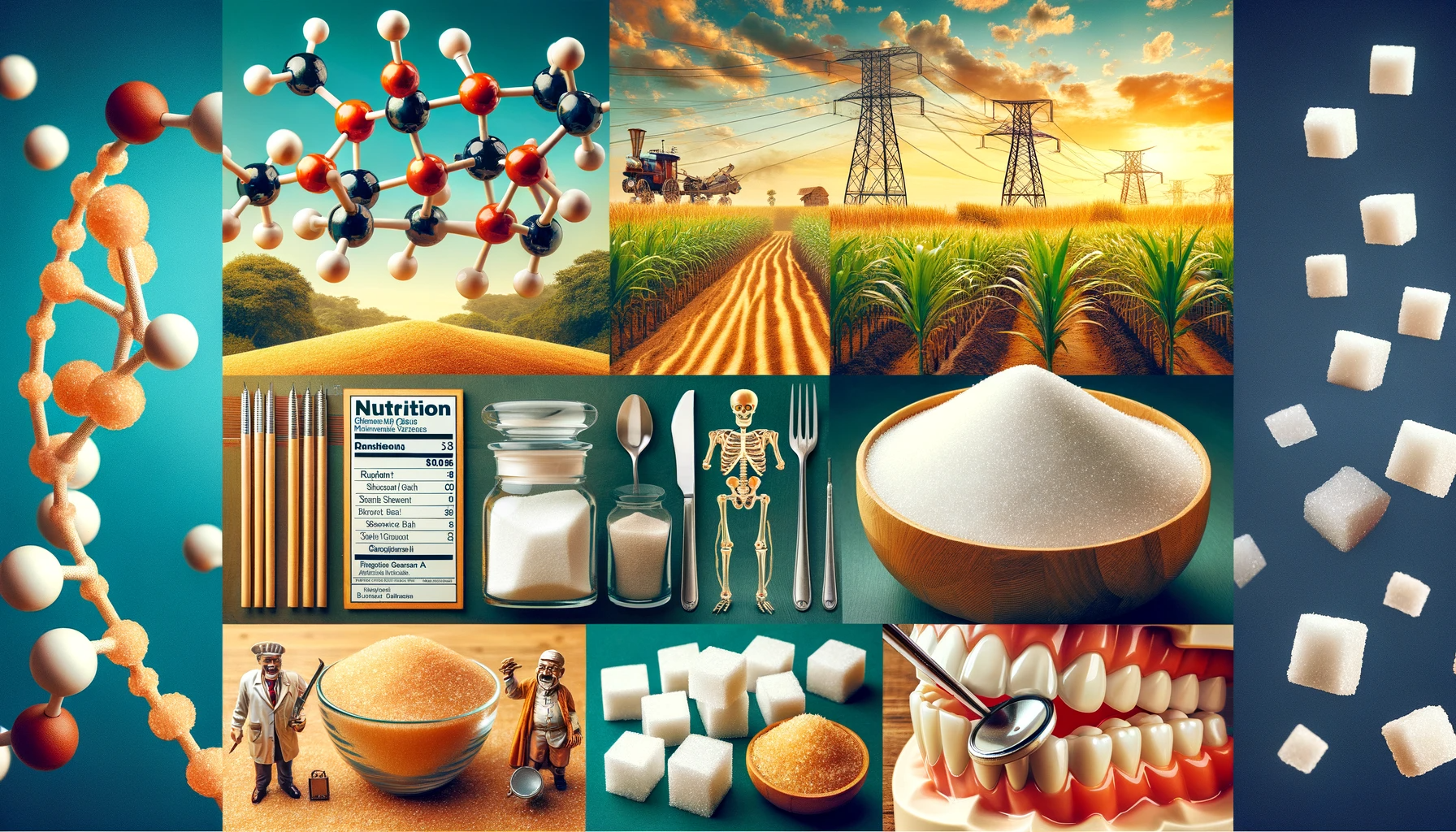Introduction
In the world of culinary arts and baking, sugar is a staple ingredient that plays a crucial role in creating delicious treats. However, not all sugars are the same. There are various types of sugar, each with its unique characteristics and uses. In this comprehensive guide, we will delve into the different types of sugar available, helping you make informed choices for your recipes.
Why Does Sugar Matter?
Before we dive into the various sugar types, let’s understand why sugar is such a vital ingredient in cooking and baking:
1. Sweetness and Flavor Enhancement
Sugar is renowned for its sweetening properties, which enhance the overall flavor profile of a dish or dessert. It adds a delightful sweetness that balances other flavors.
2. Texture and Moisture
Sugar contributes to the texture and moisture of baked goods. It helps retain moisture, keeping cakes, cookies, and bread soft and tender.
3. Browning and Crisping
Sugar plays a role in browning and caramelization, which gives baked goods a desirable golden-brown color and a crispy texture.
Types of Sugar
Now, let’s explore the various types of sugar, each with its own unique characteristics:
1. Granulated Sugar
Granulated sugar, also known as white sugar, is the most common type of sugar found in households. It is made from sugarcane or sugar beets and is known for its versatility in both cooking and baking.
Usage: Ideal for general-purpose sweetening, baking, and dissolving in beverages.
2. Brown Sugar
Brown sugar is made by adding molasses to granulated sugar, resulting in a slightly moist and caramel-flavored sugar. It comes in light and dark varieties, each with a distinct flavor profile.
Usage: Adds depth and moisture to baked goods, particularly in recipes like chocolate chip cookies and sticky toffee pudding.
3. Powdered Sugar (Confectioner’s Sugar)
Powdered sugar, or confectioner’s sugar, is finely ground granulated sugar mixed with a small amount of cornstarch. It has a fine, powdery texture and is commonly used for making icing and frostings.
Usage: Perfect for making smooth icings, glazes, and dusting desserts with a delicate, snowy finish.
4. Demerara Sugar
Demerara sugar is a less refined sugar with larger, golden-brown crystals. It has a subtle toffee-like flavor and is often used as a topping for baked goods.
Usage: Ideal for sprinkling on cookies, muffins, and as a sweet topping for crumbles.
5. Turbinado Sugar
Turbinado sugar, also known as raw sugar, is minimally processed cane sugar with large, light brown crystals. It has a mild molasses flavor and is often used as a natural sweetener.
Usage: Great for sweetening coffee and tea, as well as adding a crunchy topping to desserts.
6. Muscovado Sugar
Muscovado sugar is a type of unrefined brown sugar with a strong molasses flavor and moist texture. It adds a rich, deep flavor to recipes.
Usage: Excellent for making rich, dark cakes, sauces, and marinades.
7. Coconut Sugar
Coconut sugar is derived from the sap of coconut palm trees. It has a subtle caramel flavor and is considered a healthier alternative to refined sugars.
Usage: Used in baking, as a sweetener in beverages, and in recipes where a subtle caramel taste is desired.
8. Maple Syrup and Honey
While not technically sugars, maple syrup and honey are natural sweeteners often used in cooking and baking. They offer unique flavors and can be used as sugar substitutes.
Usage: Used in pancakes, waffles, granola, and as sweeteners in various recipes.
Conclusion
Understanding the different types of sugar is essential for achieving the desired taste and texture in your culinary creations. By choosing the right sugar for your recipes, you can enhance flavors, improve textures, and create mouthwatering dishes that leave a lasting impression. Experiment with these various sugars to elevate your cooking and baking to new heights.
So, whether you’re making a classic chocolate cake, a batch of chewy cookies, or a savory marinade, knowing your sugars will make all the difference in the world of taste and culinary delight. Happy cooking!
